 Abraham Lincoln
If given the truth, the people can be depended upon to meet any national crisis...
Abraham Lincoln
If given the truth, the people can be depended upon to meet any national crisis...
 Guildford news...
for Guildford people, brought to you by Guildford reporters - Guildford's own news service
Guildford news...
for Guildford people, brought to you by Guildford reporters - Guildford's own news service
Birdwatcher’s Diary No.95
Published on: 11 Oct, 2015
Updated on: 11 Oct, 2015
By Malcolm Fincham
I always find it difficult to resist an invite by close friends and family, indebted to their enthusiasm, when they encourage me out of my shell at times of an adventure.
I’m grateful to them for the chances to add some pictures to these reports.
As you read this edition, please click on the pictures if you would like to seem them enlarged in a new window on your browser.
On Sunday, September 20, I was tempted out by a small group of long-time pals on an early morning visit to Farlington Marshes near Portsmouth.
With the feel of autumn in the air we arrived to find ourselves shrouded by sea mist. Fortunately, it wasn’t too long before the sun started to burn through.
As it did so, it was a delight to hear the various species of birds as they began to wake up. None more so than the pinging sound of bearded tits as they moved around in the reed beds.
Although for most of the time they remained hidden in the vast expanse of the reeds, eventually I was pleased to get a few fleeting flight shots as we glimpsed them over their habitat.
And grateful, with some patience, eventually getting some good views of them as they climbed to the top of some of the taller stems to feed on the seeds.
Another photo I was pleased to get was one of the elusive but very vocal Cetti’s warbler. A bird often heard at Farlington, but rarely seen. Counting at least five calling that day as we walked around the reserve, they do seem to be a species that seems to be increasing in numbers in the South East.
Blackcaps, also being among a few warblers known to sometimes overwinter in the UK, could also be seen around the reserve.
Mobs of starlings were now starting to grow in numbers, feeding in the brambles on the ripened blackberries.
Occasionally taking flight in unison creating a small murmuration of more than 2,500 birds above the fields.
Linnets and goldfinches where also now gathering into winter flocks.
And at least three kestrels could be seen hunting on various parts of the reserve.
A few wheatears could also still be seen feeding up in preparing for migration.
As well as a few whinchats also en route to their winter homes in Africa.
In the harbour, as the tide started to come back in, a young sandwich tern could be seen fishing.
While a greenshank could be seen feeding on one of the higher mudflats.
And wintering flocks of black-tailed godwits could be seen on the lagoon.
Looking out across the fields at Farlington, our binoculars honed in on the cattle grazing there. Amusingly, a passer by questioned us saying: “Surely you don’t need a pair of binoculars to see the cows from here?” Jokingly, I couldn’t help but reply: ”It’s what’s between their legs that’s interesting me!”
It was, of course, the yellow wagtails feeding around the feet of the cattle, looking for flying insects.
Just a few days later on September 22 I got a call from my good friend Dougal inviting me to Dungeness in Kent. His pager had put though a report that a possible Acadian flycatcher had been sighted there.
These are flycatchers within a group of North America Empidonax species all of which can be difficult to differentiate, even by some of the keenest of birdwatchers. If it was, it would be a first for the UK.
It seemed surreal to be standing out in the rain with a cold breeze blowing and nowhere to shelter, in a place known as the UK’s only desert. And with so many people with their scopes and binoculars trained on someone’s home in the hope this bird would reappear.
Something that would surely not be tolerated in Guildford?
The people at the address seemed unperturbed by such an event. No doubt used to such strange activities in an area common for the odd rarity or two.
The harvest full moon coincided with also being also being a super moon too. This occurs when the moon is full and at the closest part of its orbit around the Earth.
I attempted a few shots of the harvest moon while in eclipse recently. Adding to this combination it was also eclipsed by the Earth’s shadow in the early hours of the following day . This had not happened in the UK since 1982 and will not reoccur until 2033.
Could this be an omen of some kind? More likely just an inspiration of madness on my part to stay up so late so as to get a photo or two as I felt I couldn’t miss out.
Later that same day I received a call of yet another rare occurrence, this time of the avian kind. Having submitting a sighting in my last report of a black-necked grebe on Frensham Great Pond a few weeks ago, a Ferruginous duck had appeared there on the same north-east corner.
Although difficult to attain its parentage, and while it may have escaped from a wildfowl collection, with recent easterly winds I am certainly counting this one as a year tick!
Commonly nicknamed by birdwatchers as ‘fudge ducks’, this species breeds in southern and eastern Europe and southern and western Asia. They are somewhat migratory and winter further south and into north Africa.
Moving into October it was a great pleasure for Dougal and I to be invited on a small mammal survey at Bowers Court Farm. Although the count at the site was much lower than the previous year, I was spoilt while there, by my first ever sighting in the area of a short-eared owl.
Following up on reports that it had also been sighted at dusk, I returned to the area that same evening.
Viewing across from the River Wey towpath, I was first able to pick it out as it sat on a post.
It wasn’t long before the sun sank low in the sky casting shadows across the meadows.
With still enough light for some record shots, it took flight quartering over the field in my direction.
Grateful for some photos, I could only wish it better luck than we had that morning catching small mammals.
The following week I was delighted to find that Dougal and I had once again been invited by the Surrey Wildlife Trust to assist on the early morning part of its small mammal survey.
I was especially interested as this time the catch and release trapping was being carried out along the boardwalk area of my local birdwatching patch at the Riverside Nature Reserve.
Jim and Mary headed the team, filling us full of fascinating and interesting facts and an abundance of light-hearted humour along the way.
It was certainly an experience I would highly recommend.
Filling their traps with straw and food at strategic points by the boardwalk and then releasing such small mammals near to where they have been captured is most important for their well being.
The health of the mammals were utmost in our concerns as invaluable data was collected, including DNA samples for future reference.
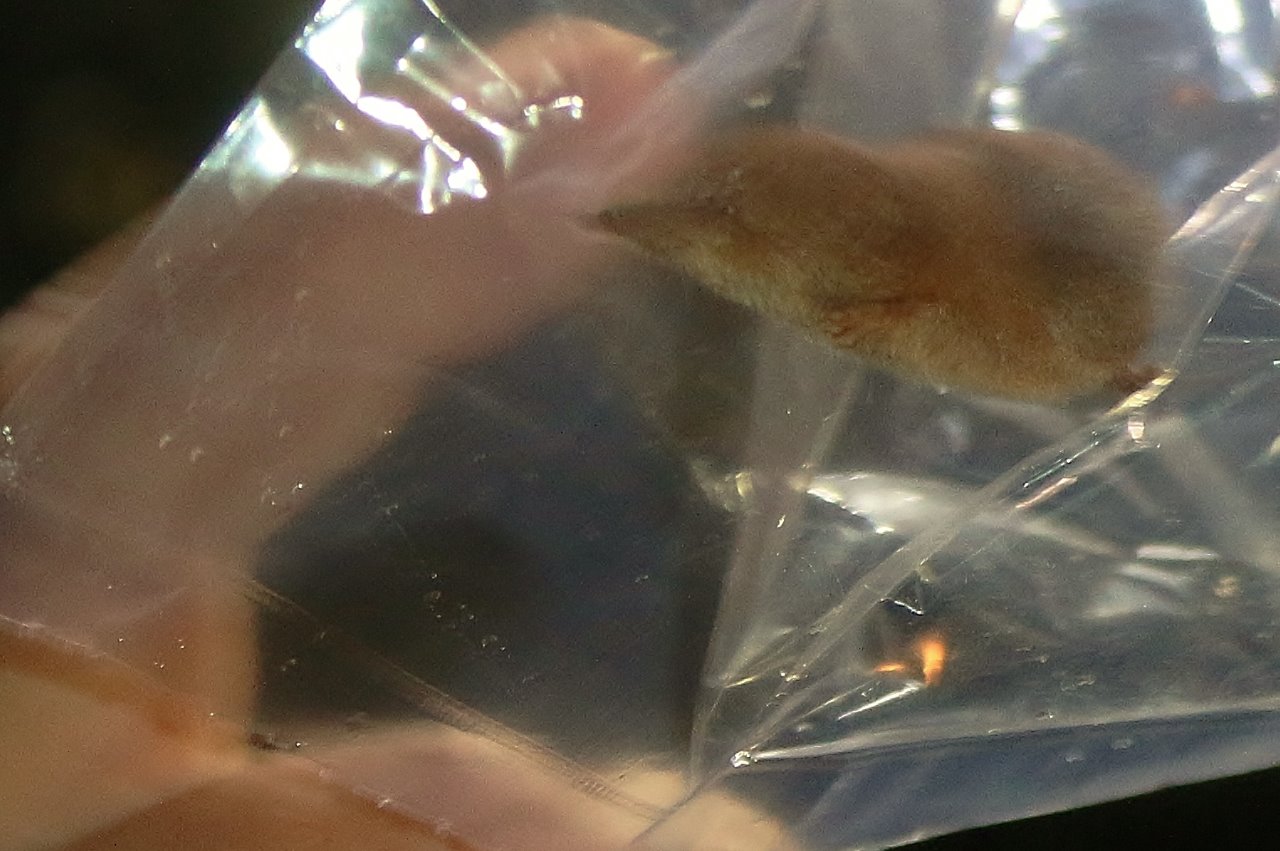
Pygmy shrews have a higher metabolic rate than any other animal. The heart of the shrew, beats over 800 times a minute, considerably faster than that of the hummingbird.
Shrews seemed to be much more abundant than they were during last year’s survey, catching all three species on the days I attended. These included, pygmy shrews – medium brown/grey fur on top and dirty white underneath. Long pointed snout with small ears and very small eyes,with tail length 70% of head and body length.
Common shrews are tricoloured –dark brown on the back, pale brown at the sides and whitish underneath, dense velvety fur, with a long pointed nose, tiny eyes, small ears and red teeth.
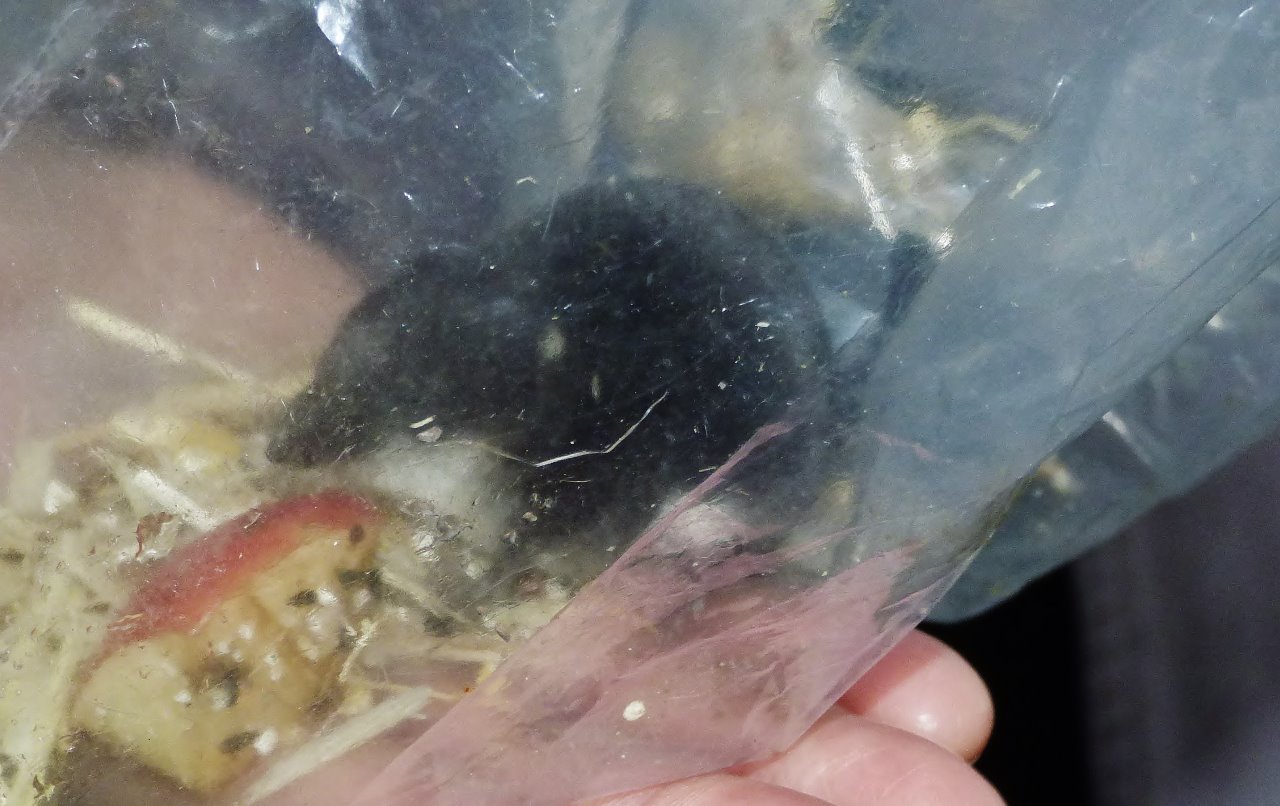
Water shrew. Because they are never very abundant, it is difficult to tell if their populations are under threat.
Water shrews – black fur on top, silver/grey fur underneath. Larger than other shrew species. Long pointed snout with small ears and tiny eyes. On closer inspection, has fringe of stiff silver hairs on underside of tail. Can be spotted in water, and a competent swimmer.
Bank and field voles were also in good numbers. Bank voles have a velvety coat red/brown fur above with cream/grey fur below. Rounded snout and small eyes and ears, tails are black above and white below, and tail length 50% of head and body length.
Whereas the field vole is dark brown with a short tail, distinguishable by its darker, longer and shaggier hair and by its more densely haired ears.
One particular field vole seemed to steal the the show in the last of the traps we checked each morning. Certain it was the same one that had been caught every time the box was opened, he eventually became referred to by some as Bob. Almost pet-like, he became quite a character, showing no fear of us and even posing for the camera on numerous occasions.
Although not being able to complete the week’s survey with them, due to other commitments, the only disappointment was that although we also caught several wood mice, no harvest mice had been recorded there, to date, having recorded plenty there in previous years.
Especially at this time of the year noctule bats can often be seen around the area surrounding Stoke Lake as the evening light starts to fade. Coming out as early as the dare to feed up on insects just above the tree-line and occasionally swooping low to catch their prey. Counting at least five hawking the area, noctule bats generally live in forests, but some populations can be found in towns.
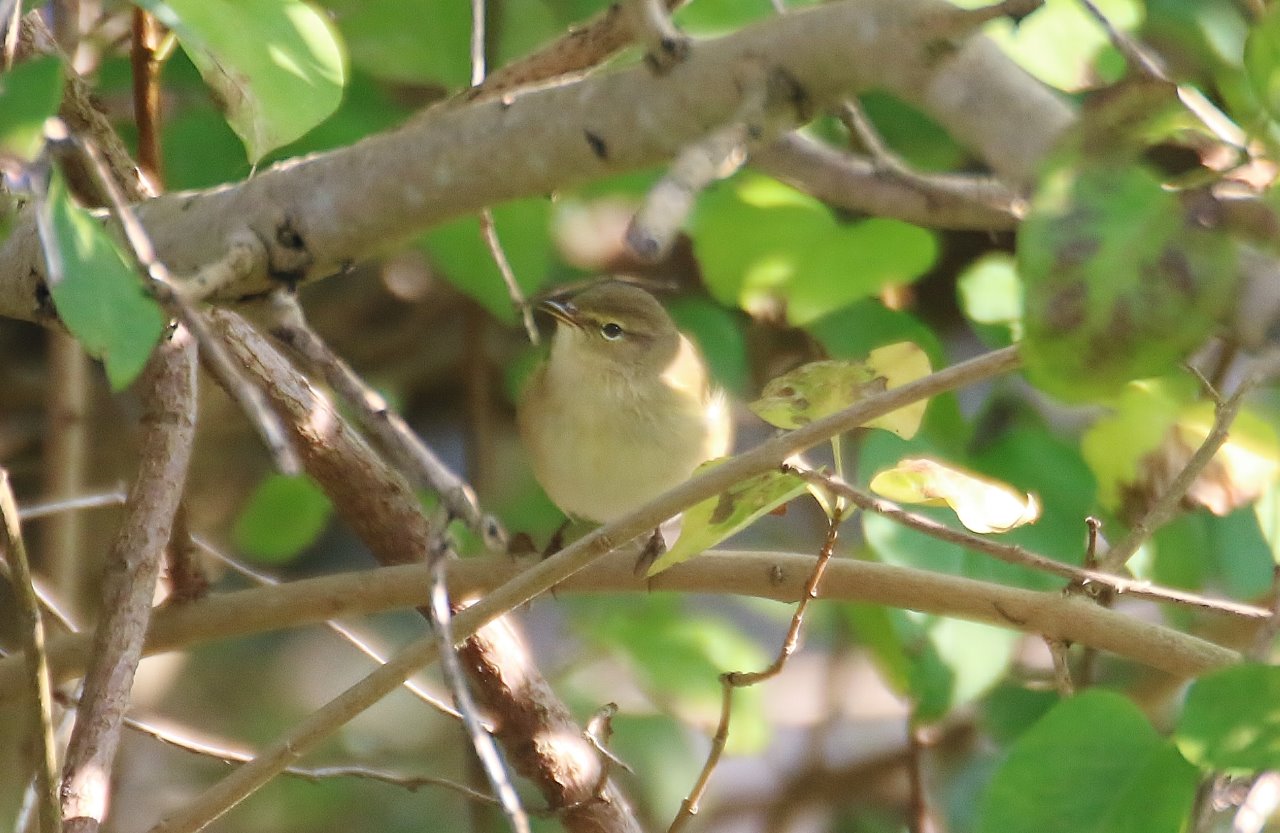
Chiffchaffs are extremely active birds, constantly flicking their tails and wings while feeding. They favour small insects, including caterpillars, gnats and midges.
Ending my report in my own back garden on October 8, I was able to get a few pictures of not just one, but two chiffchaffs, having heard their contact ‘hweeet’ calls on several days over the week.
They could be seen feeding on insects in a lilac and various other bushes at the end of my garden, thus proving that the wonders of nature are never far from view.
Responses to Birdwatcher’s Diary No.95
Leave a Comment Cancel replyPlease see our comments policy. All comments are moderated and may take time to appear. Full names, or at least initial and surname, must be given.
Recent Articles
- Dragon Interview: Council Leader on the Latest HRA Report
- Stage Dragon: Murder on the Orient Express – Yvonne Arnaud Theatre
- Letter: GBC Improvement Work Was Hampered By Its Culture
- Letter: Half and Half is the Solution for Clandon House
- Camberley’s House of Fraser To Be Left Mothballed
- HRA Report Shows Overspend and Possible Fraud Occurred Despite Many Warnings
- Letter: Those in Elected Office Should Refrain from Deliberately Misleading the Public
- Cup Run Ends After City Fade in Second Half
- Press Regulator Condemns Behaviour of News Group Newspapers
- MP Says Raw Sewage Flooding Gardens Is ‘Absolutely Disgusting’ – ‘Thames Water Must Stop It’


Recent Comments
- Jim Allen on Letter: GBC Improvement Work Was Hampered By Its Culture
- Jules Cranwell on HRA Report Shows Overspend and Possible Fraud Occurred Despite Many Warnings
- George Potter on HRA Report Shows Overspend and Possible Fraud Occurred Despite Many Warnings
- Richard Benson on Letter: Those in Elected Office Should Refrain from Deliberately Misleading the Public
- Valerie Thompson on Opinion: We Should Restore Clandon House
- Frank Ayling on Where Is This? No.221
Search in Site
Media Gallery
Dragon Interview: Local Artist Leaves Her Mark At One of England’s Most Historic Buildings
January 21, 2023 / No Comment / Read MoreDragon Interview: Lib Dem Planning Chair: ‘Current Policy Doesn’t Work for Local People’
January 19, 2023 / No Comment / Read MoreA3 Tunnel in Guildford ‘Necessary’ for New Homes, Says Guildford’s MP
January 10, 2023 / No Comment / Read More‘Madness’ for London Road Scheme to Go Ahead Against ‘Huge Opposition’, Says SCC Leader
January 6, 2023 / No Comment / Read MoreCouncillor’s Son Starts Campaign for More Consultation on North Street Plan
December 30, 2022 / No Comment / Read MoreCounty Council Climbs Down Over London Road Works – Further ‘Engagement’ Period Announced
December 14, 2022 / No Comment / Read MoreDragon Interview: GBC Reaction to the Government’s Expected Decision to Relax Housing Targets
December 7, 2022 / No Comment / Read MoreHow Can Our Town Centre Businesses Recover? Watch the Shop Front Debate
May 18, 2020 / No Comment / Read More



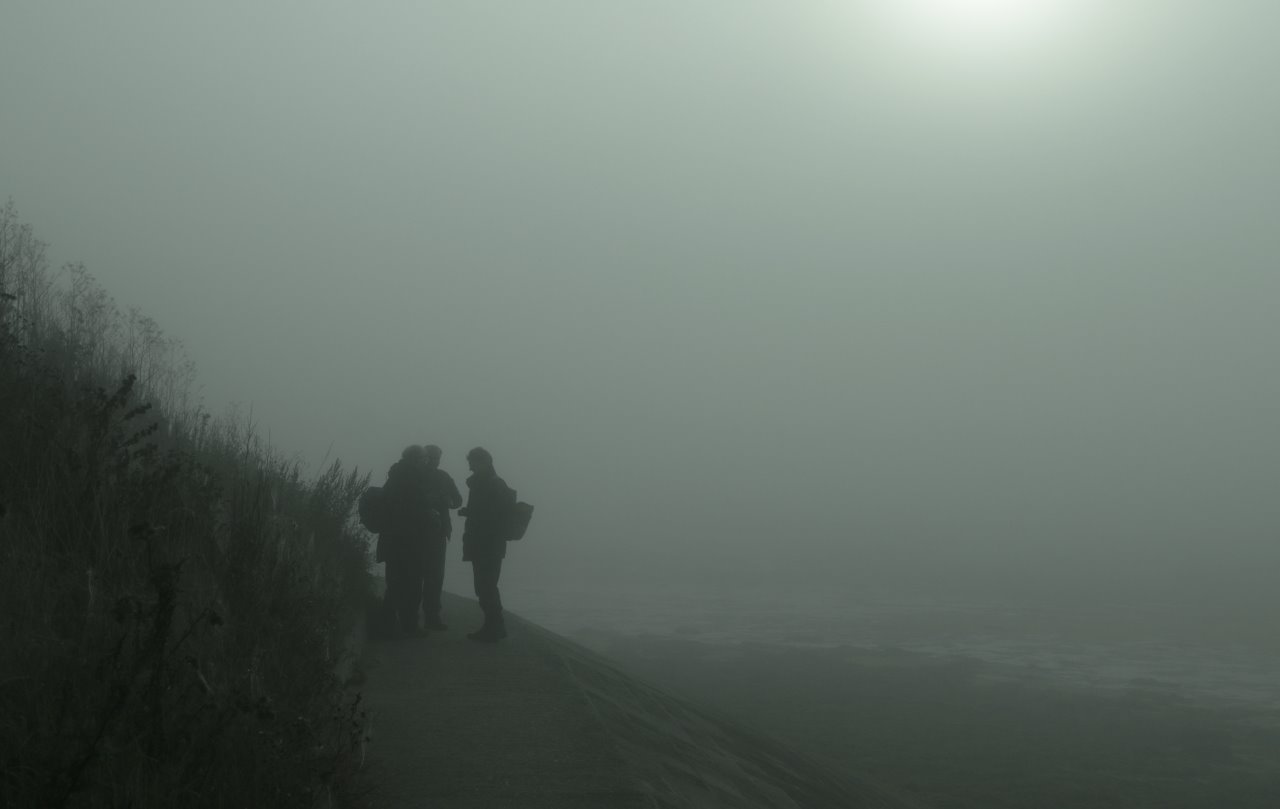

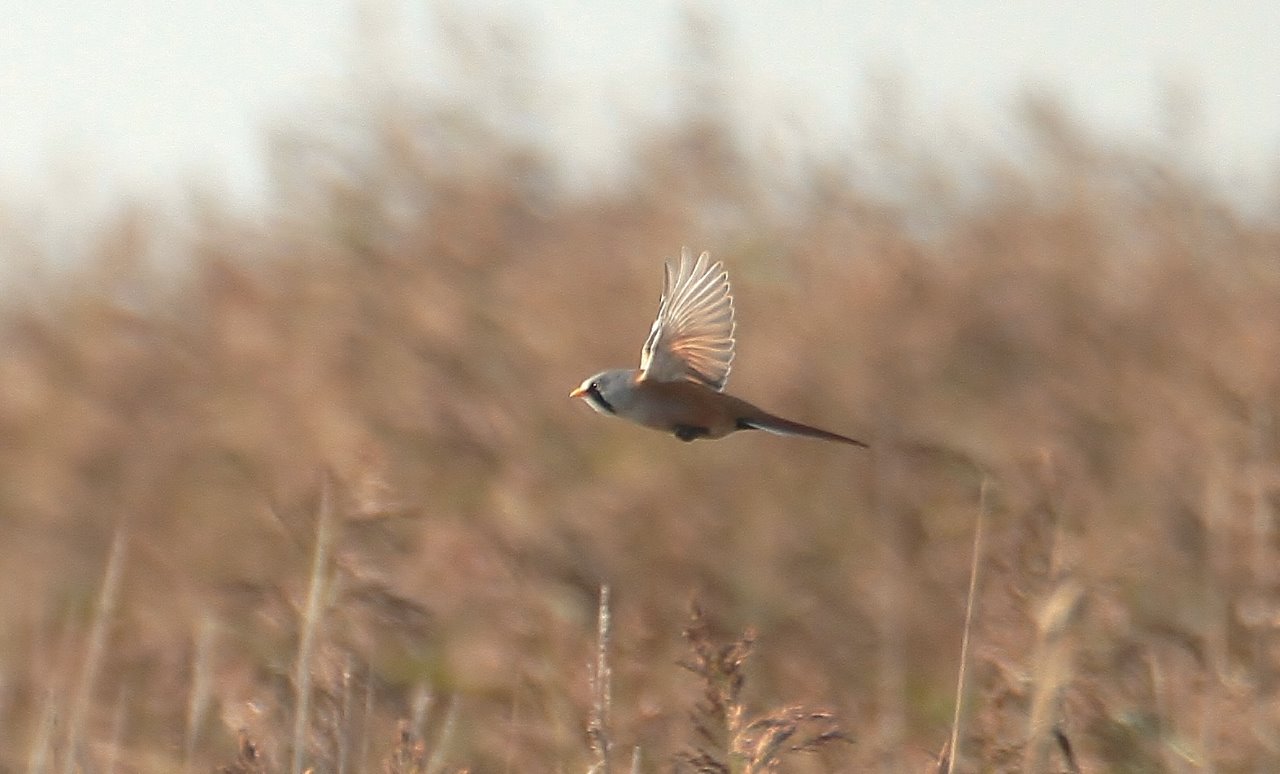
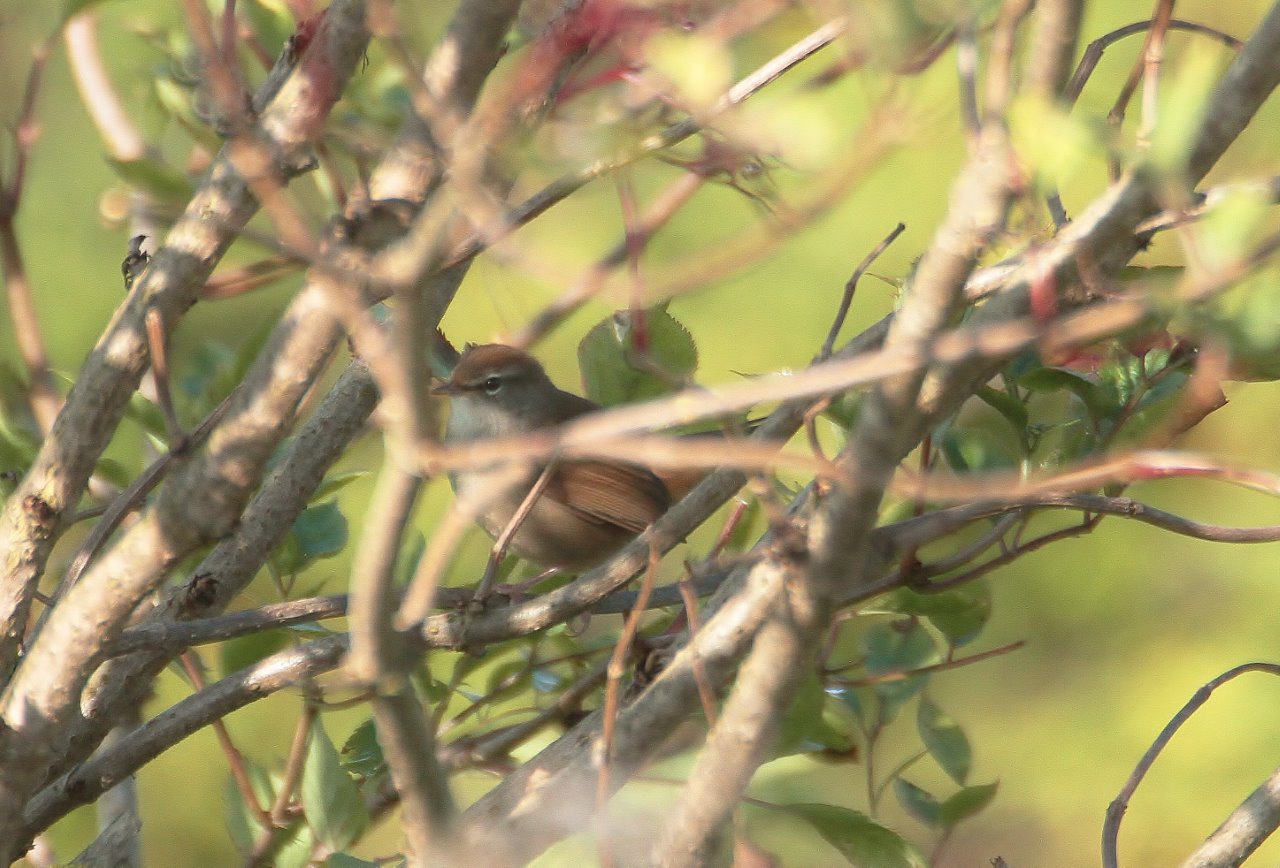
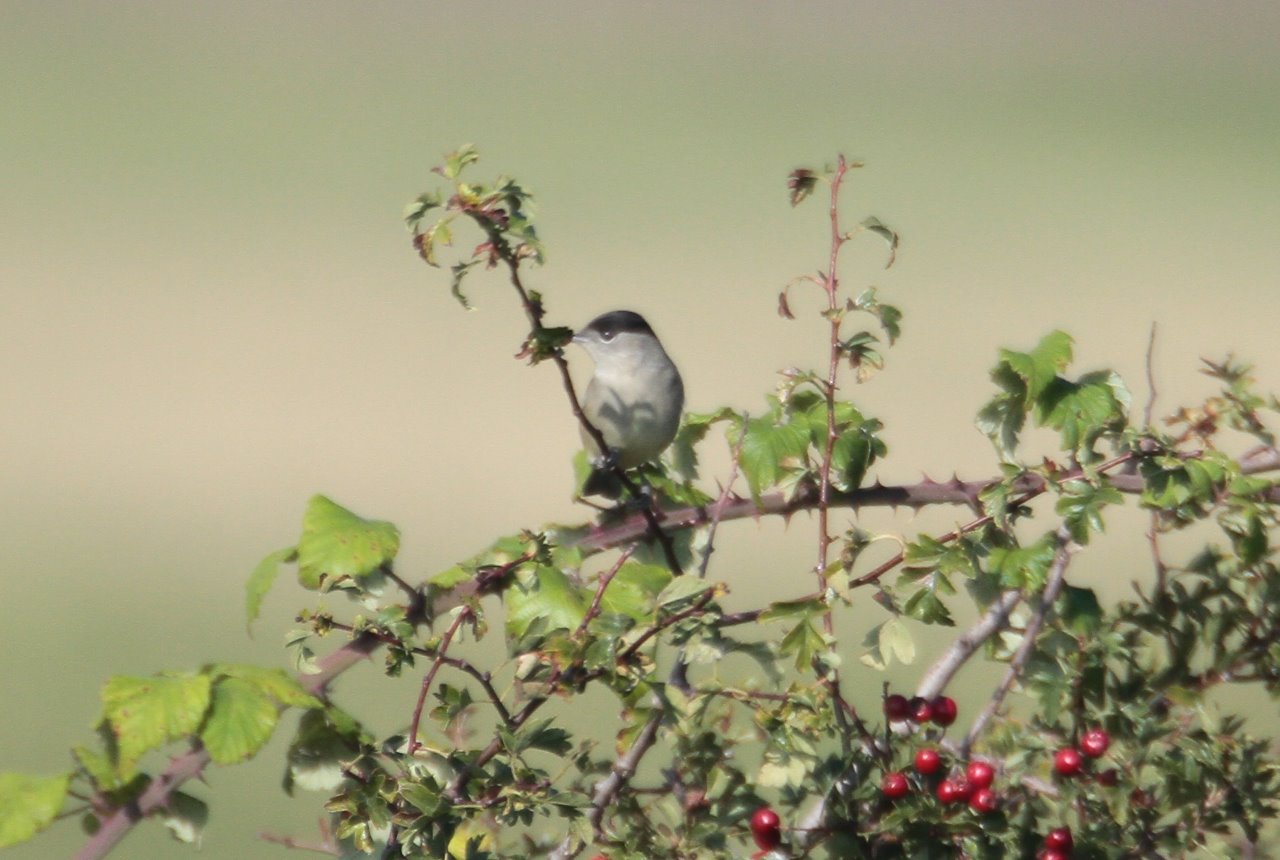
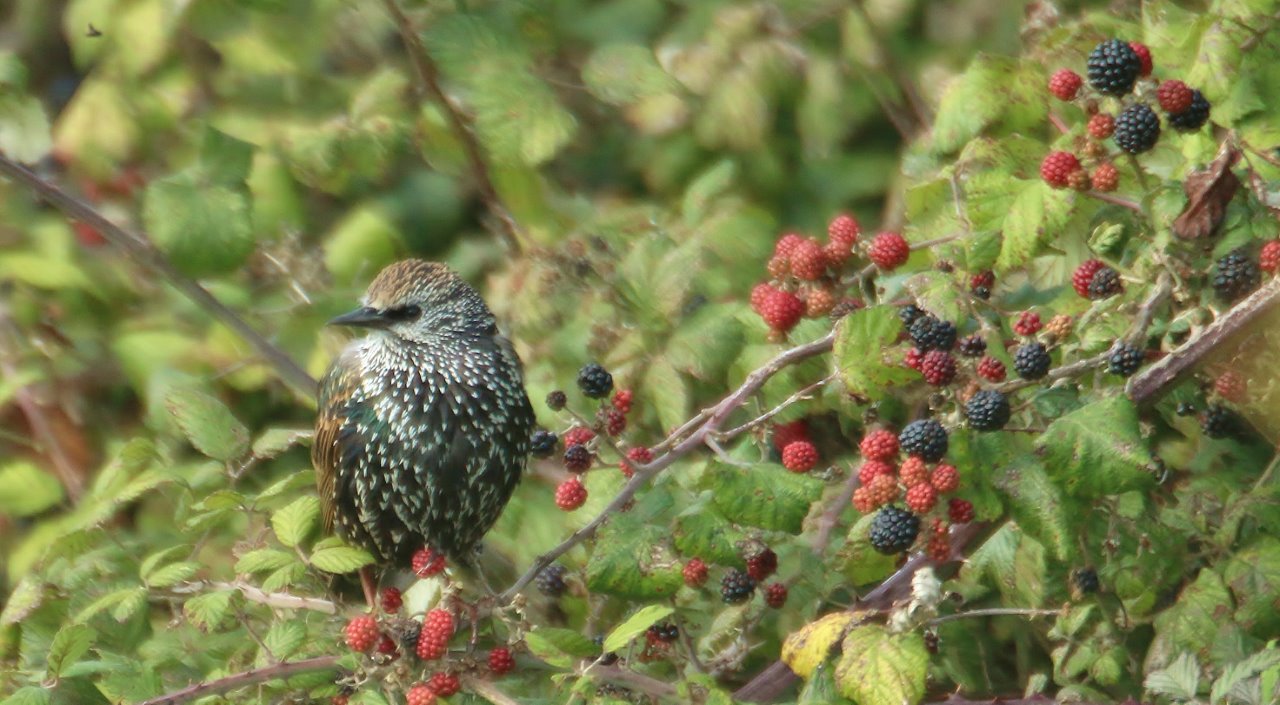
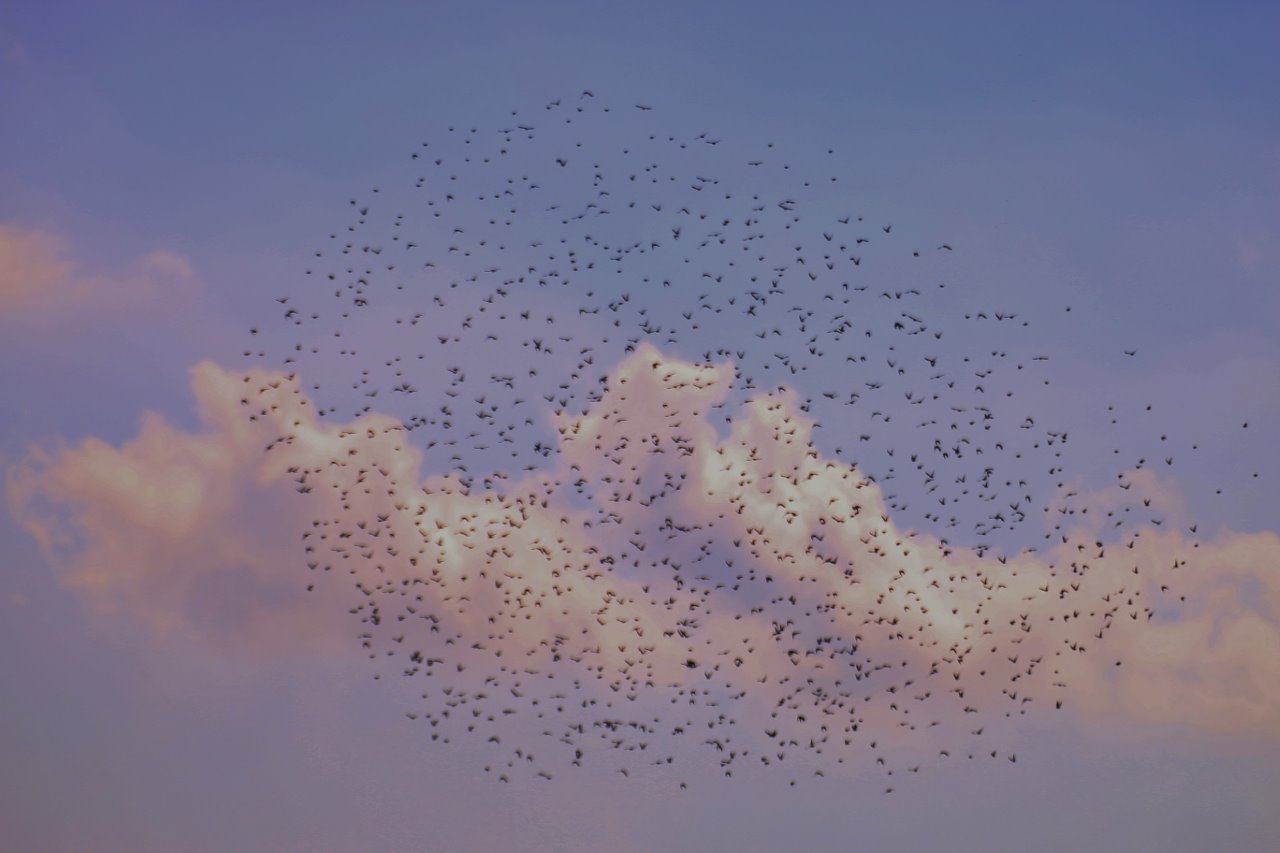
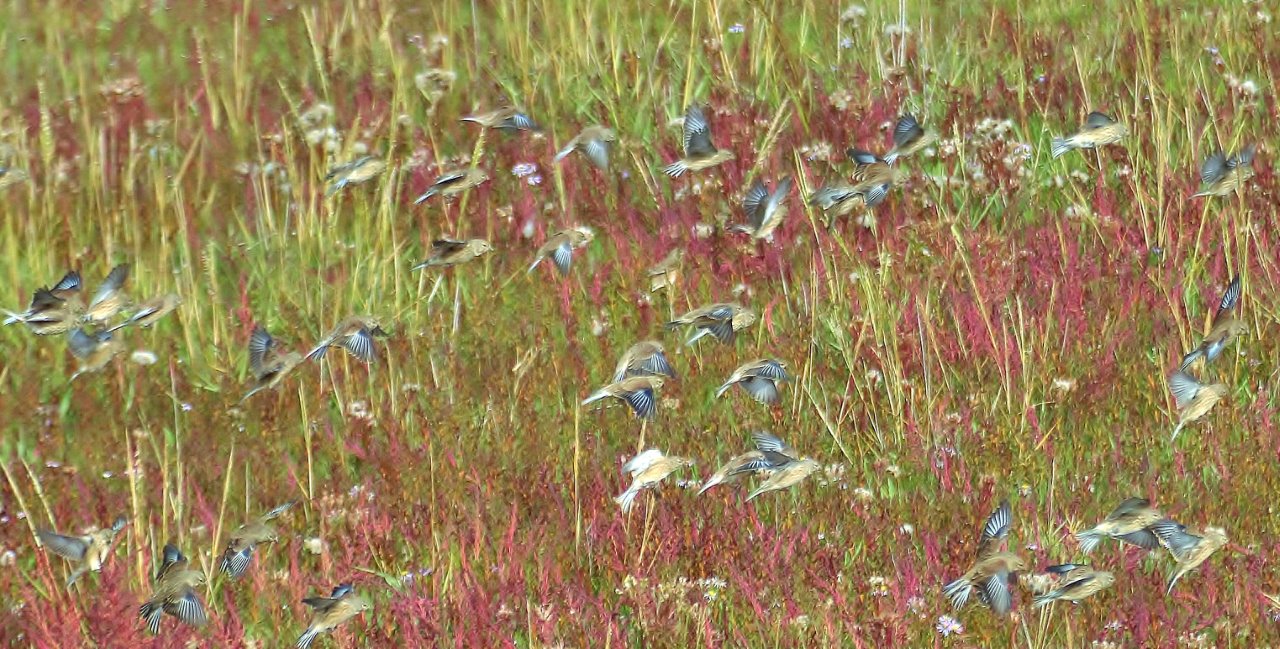
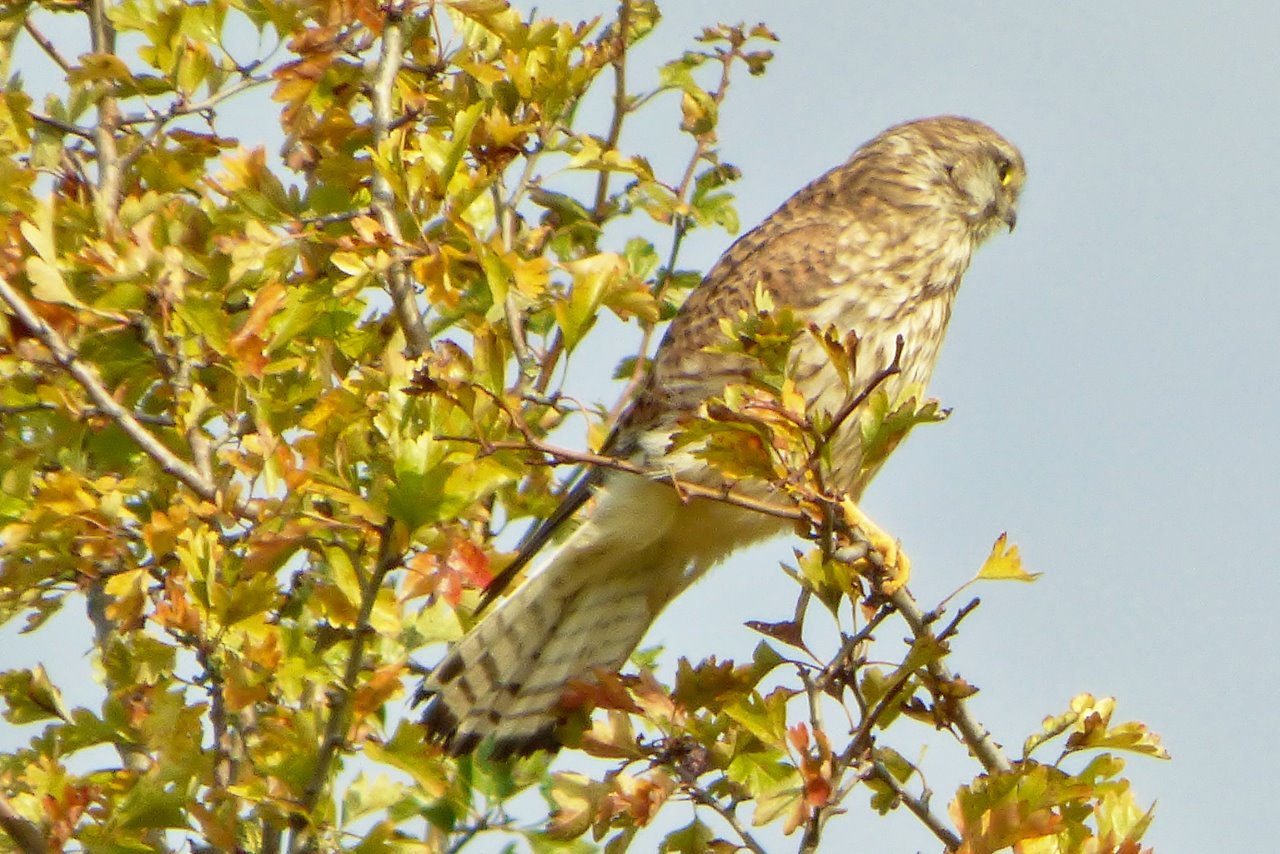
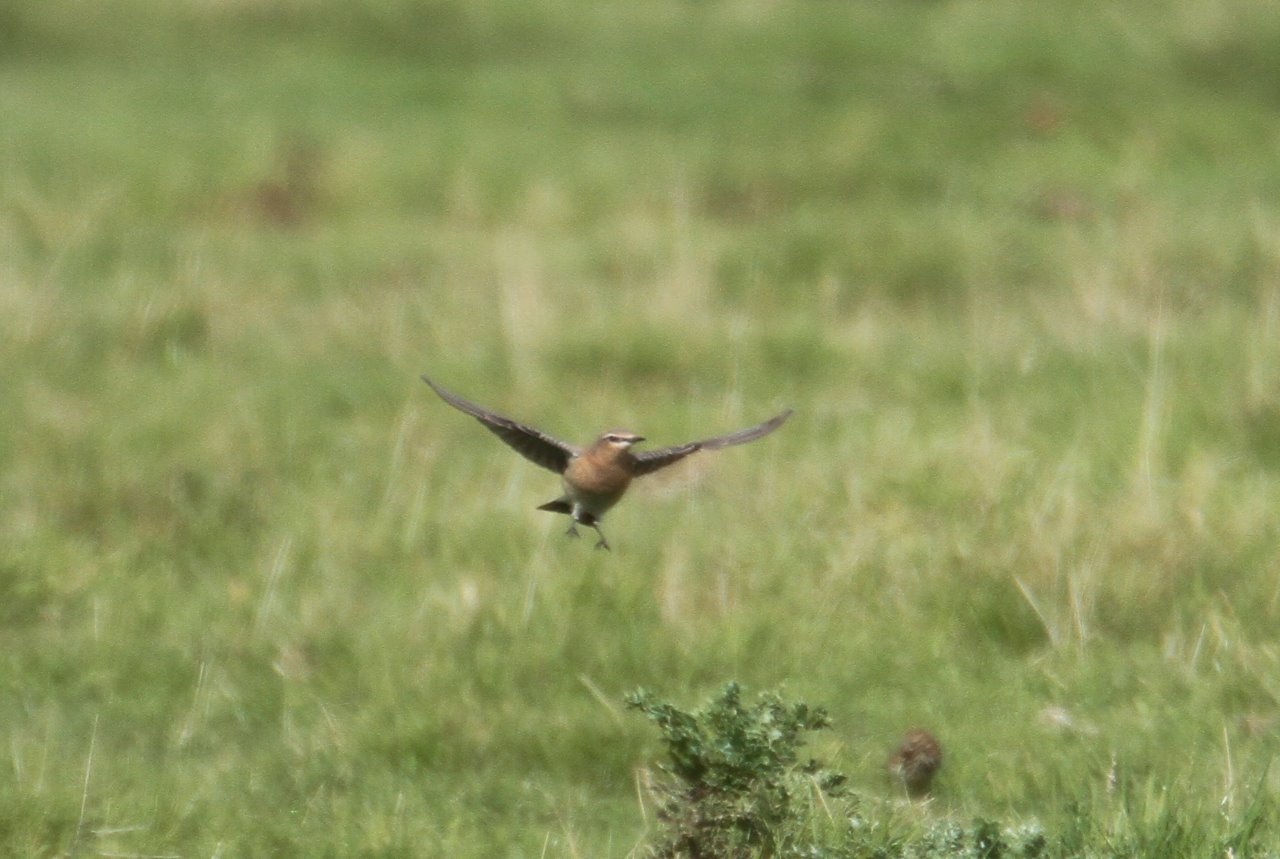
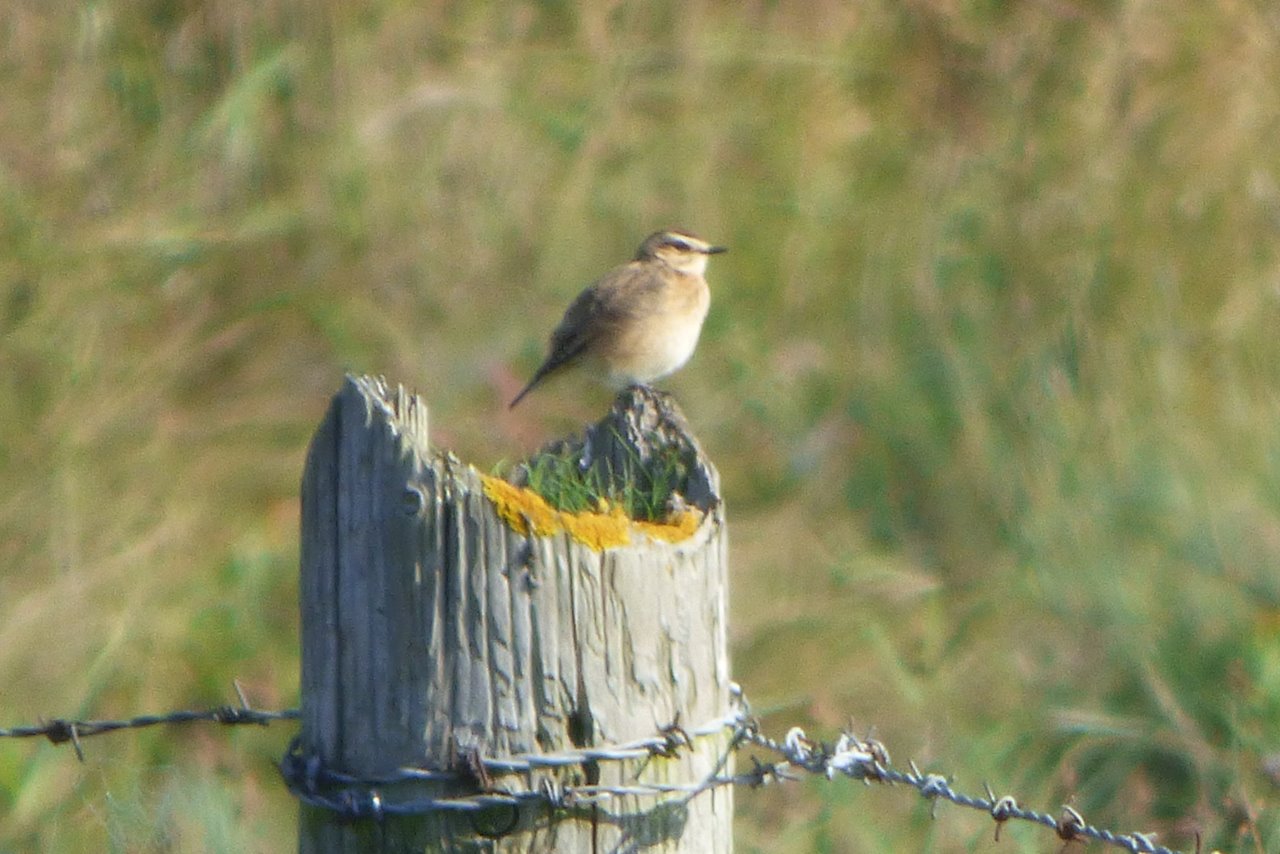
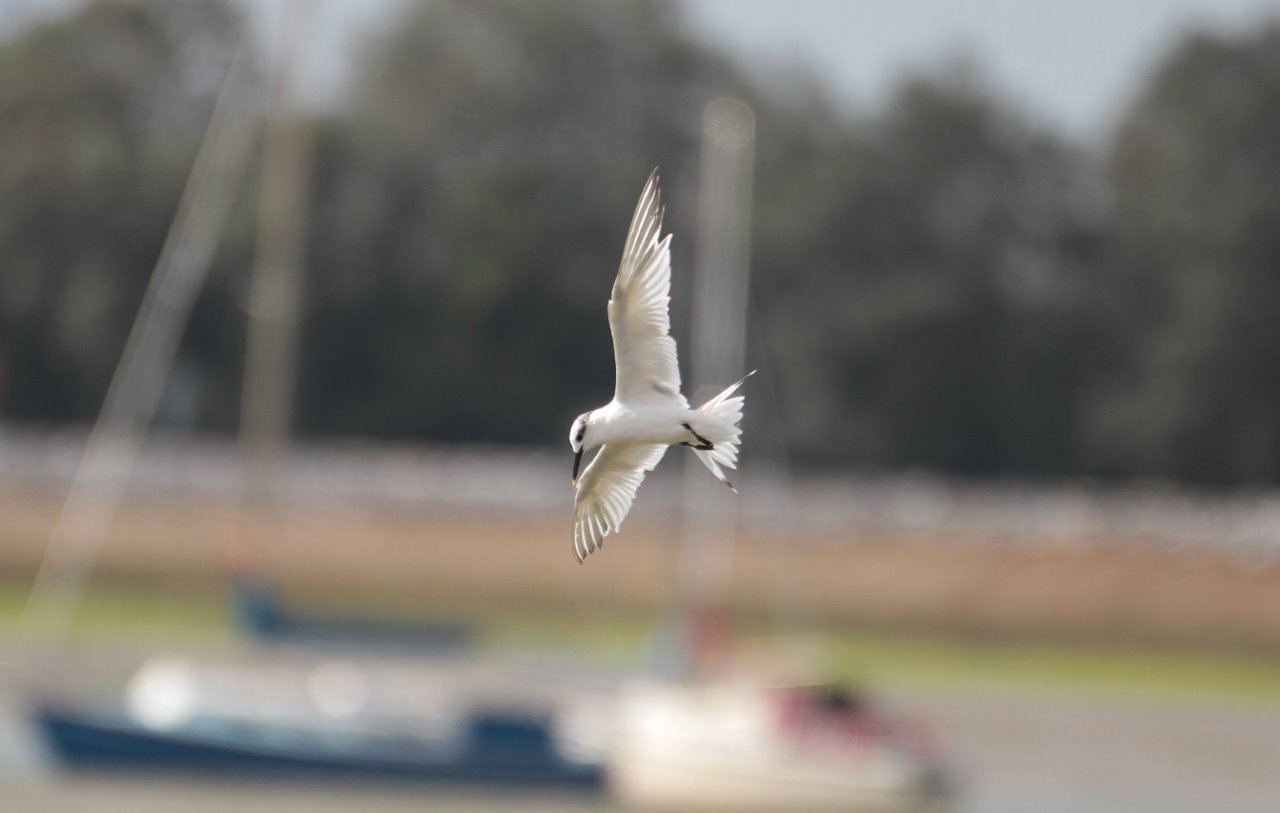
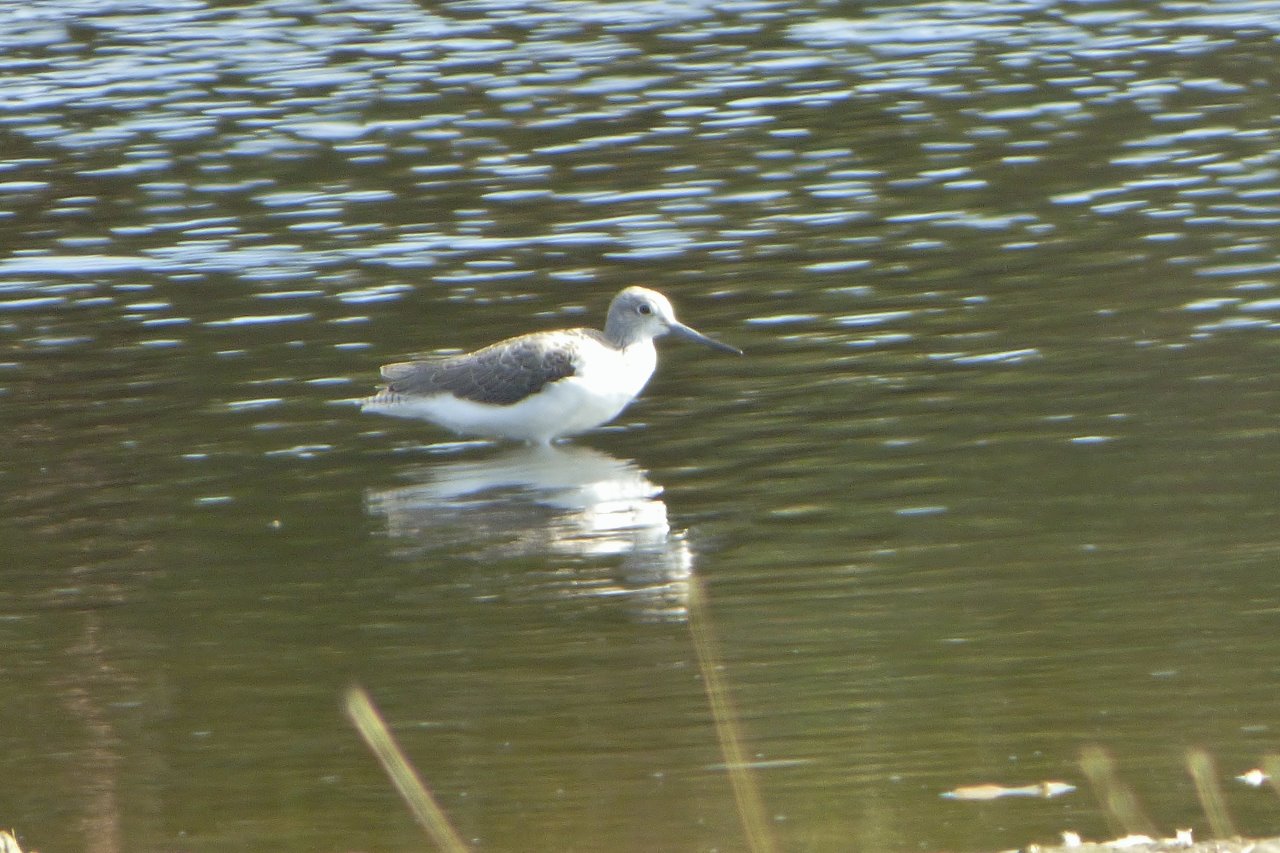
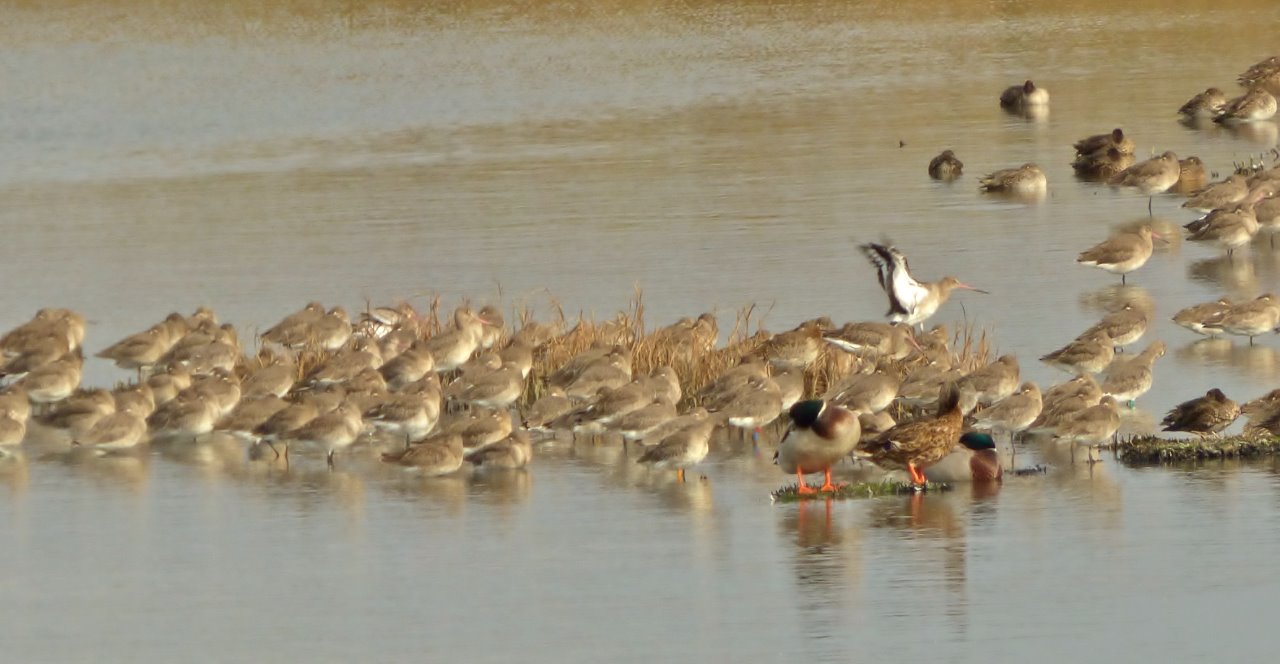
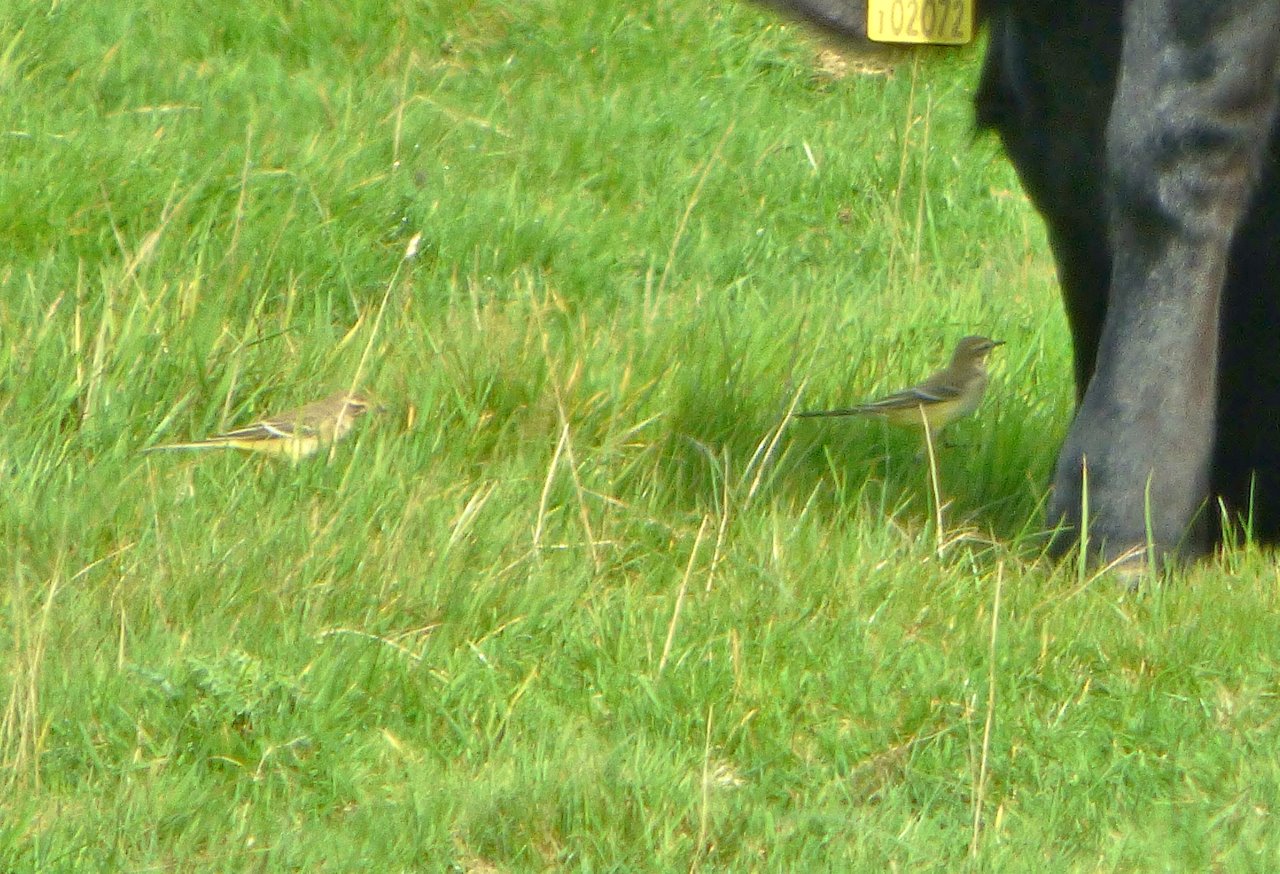
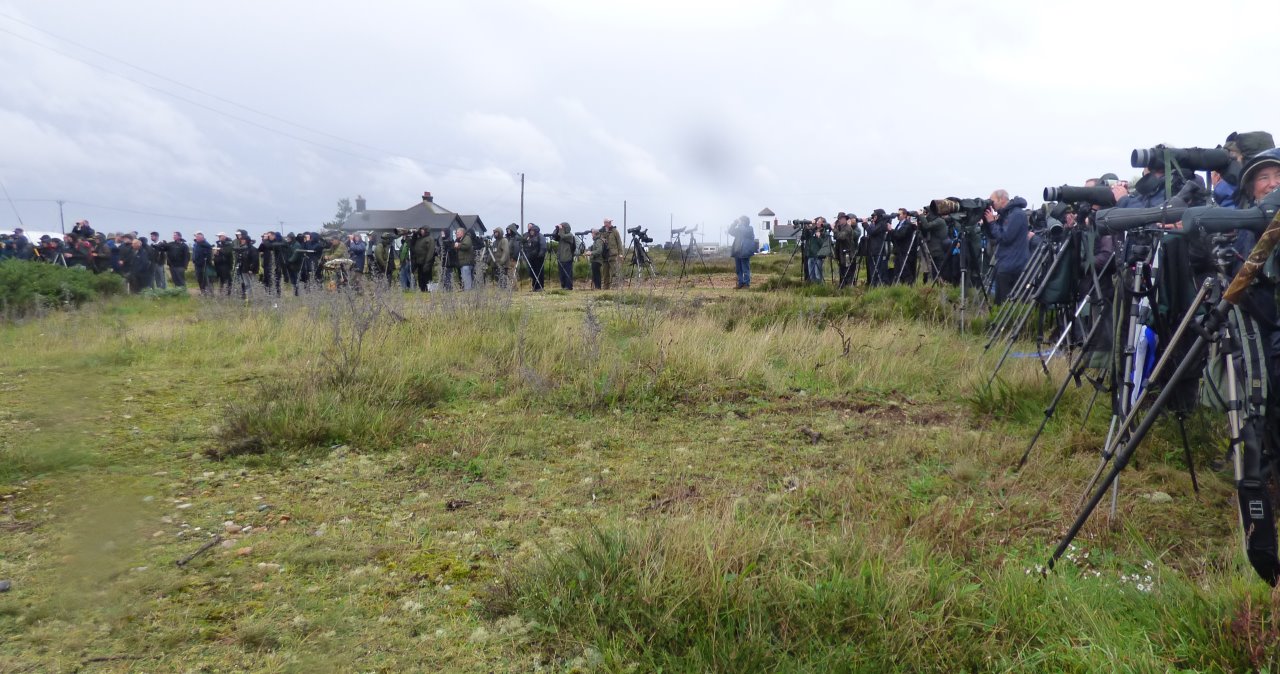
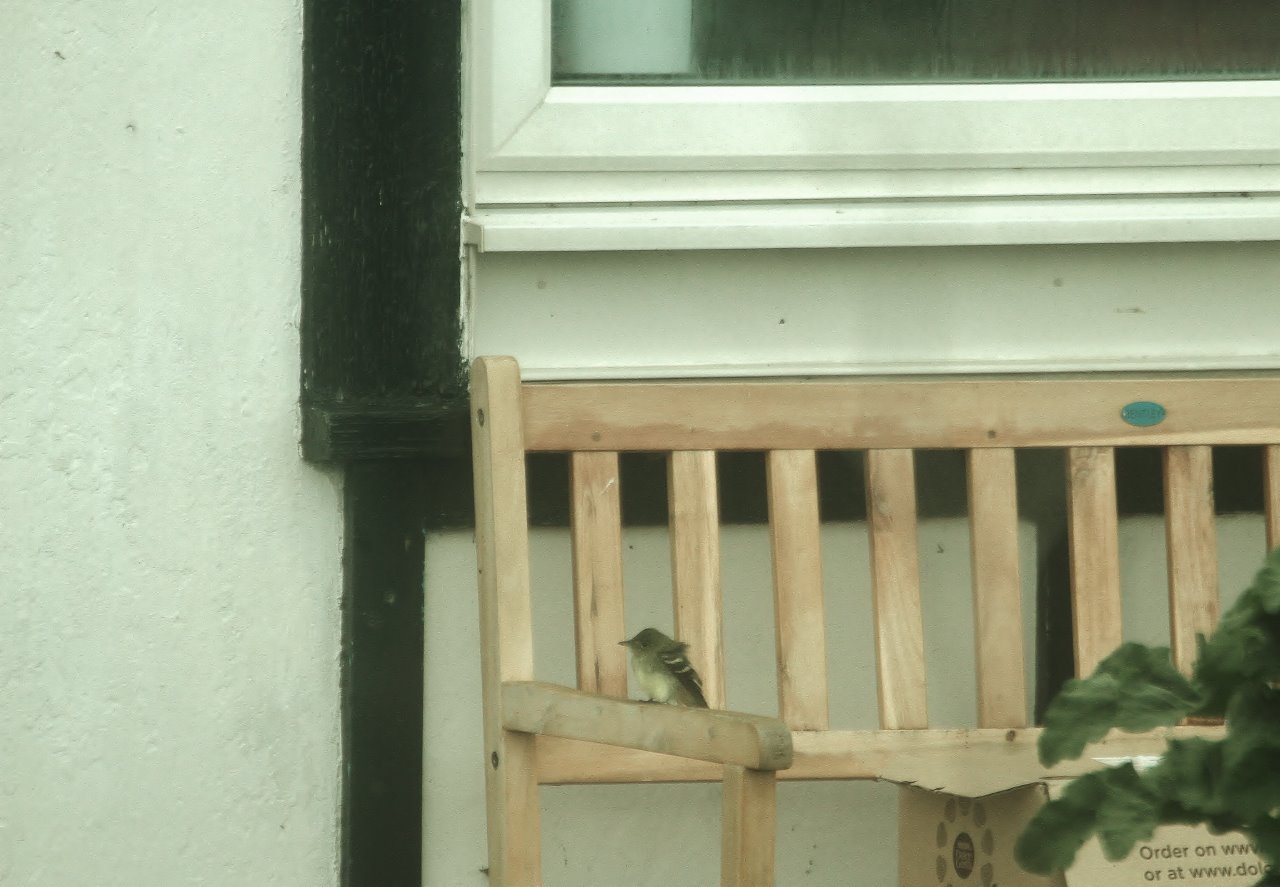
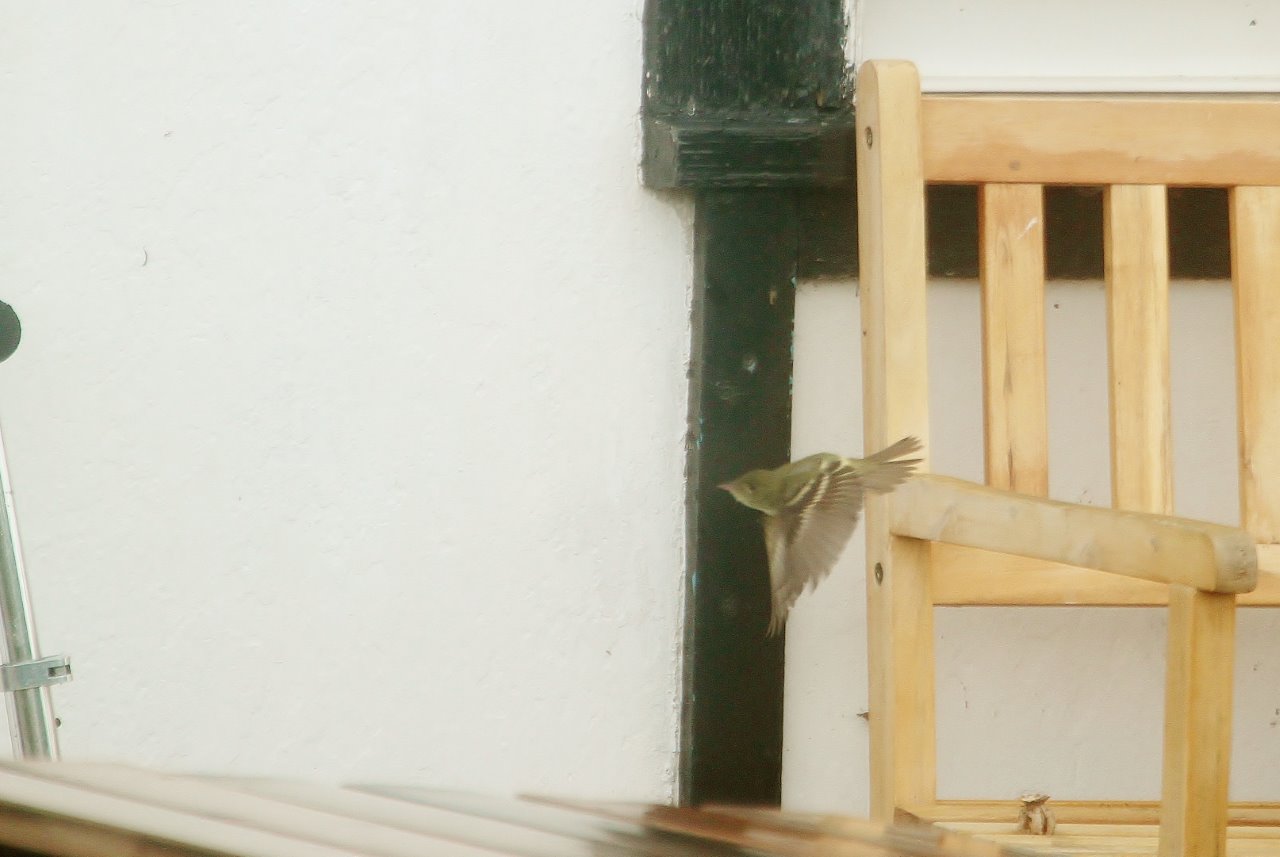
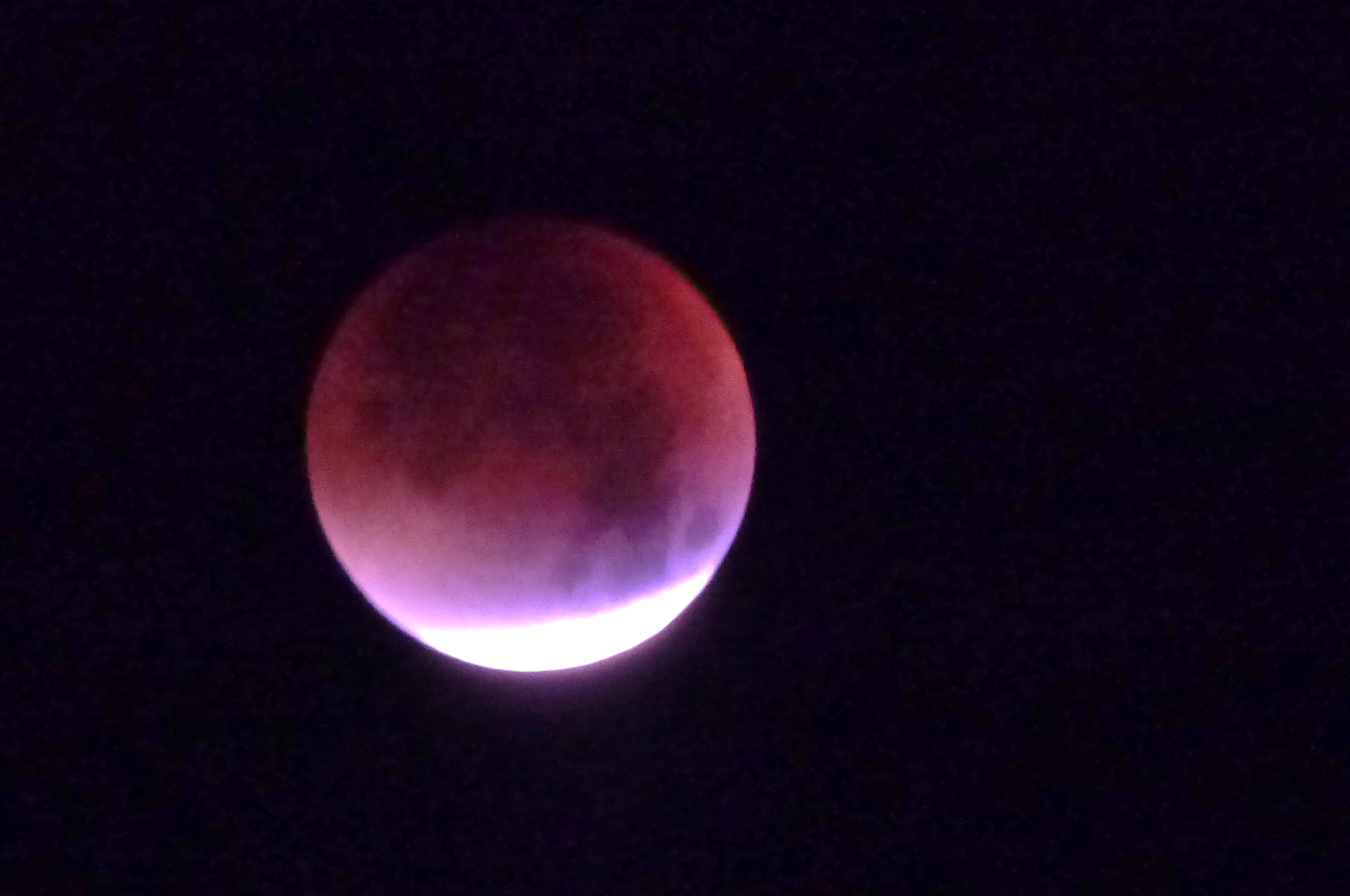


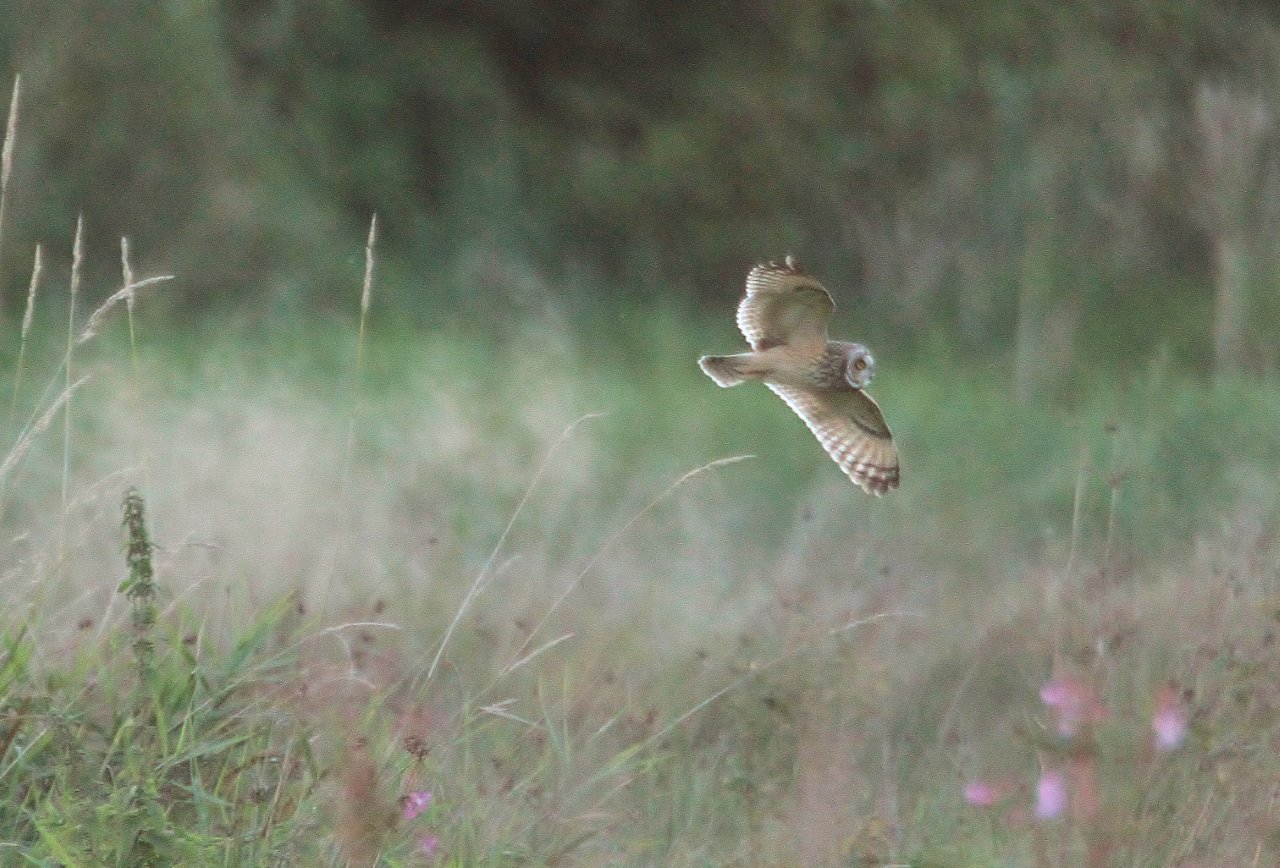
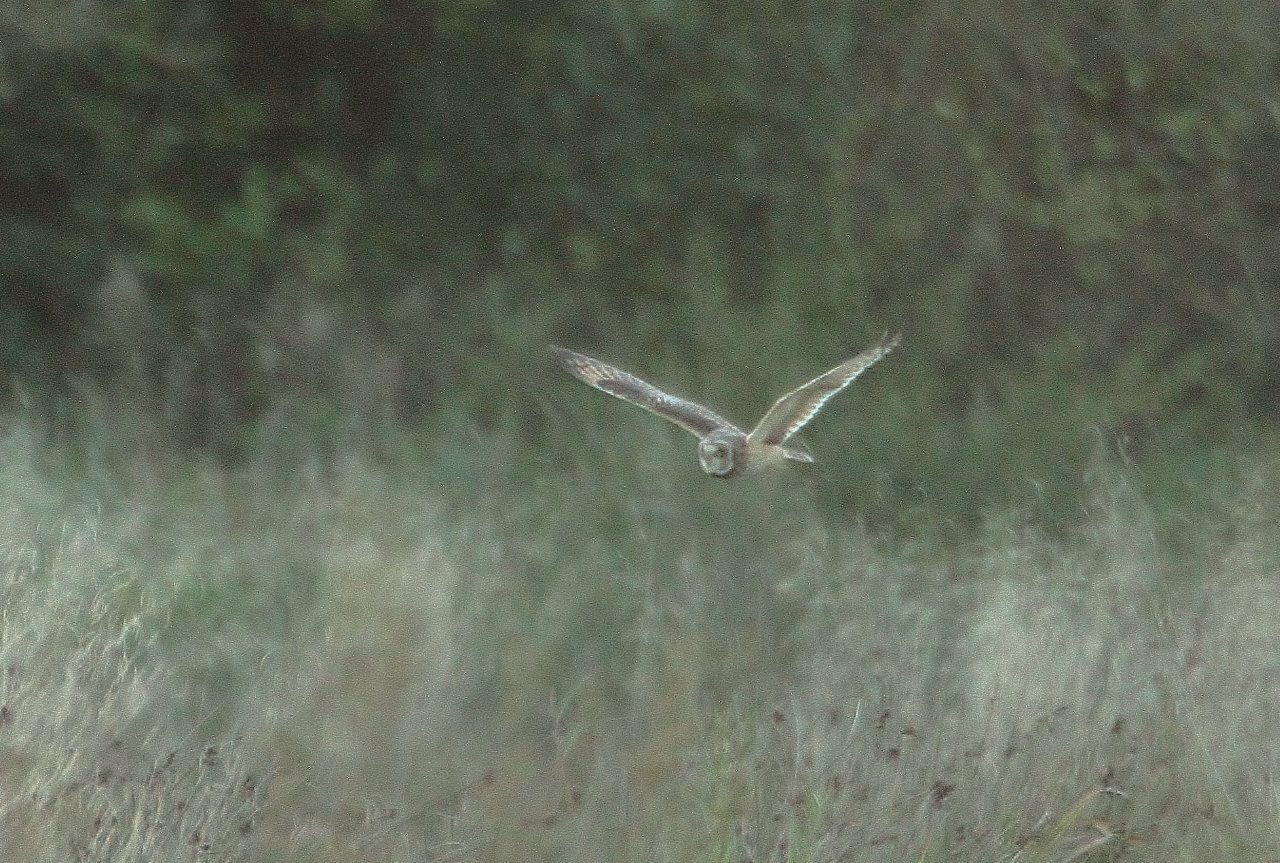

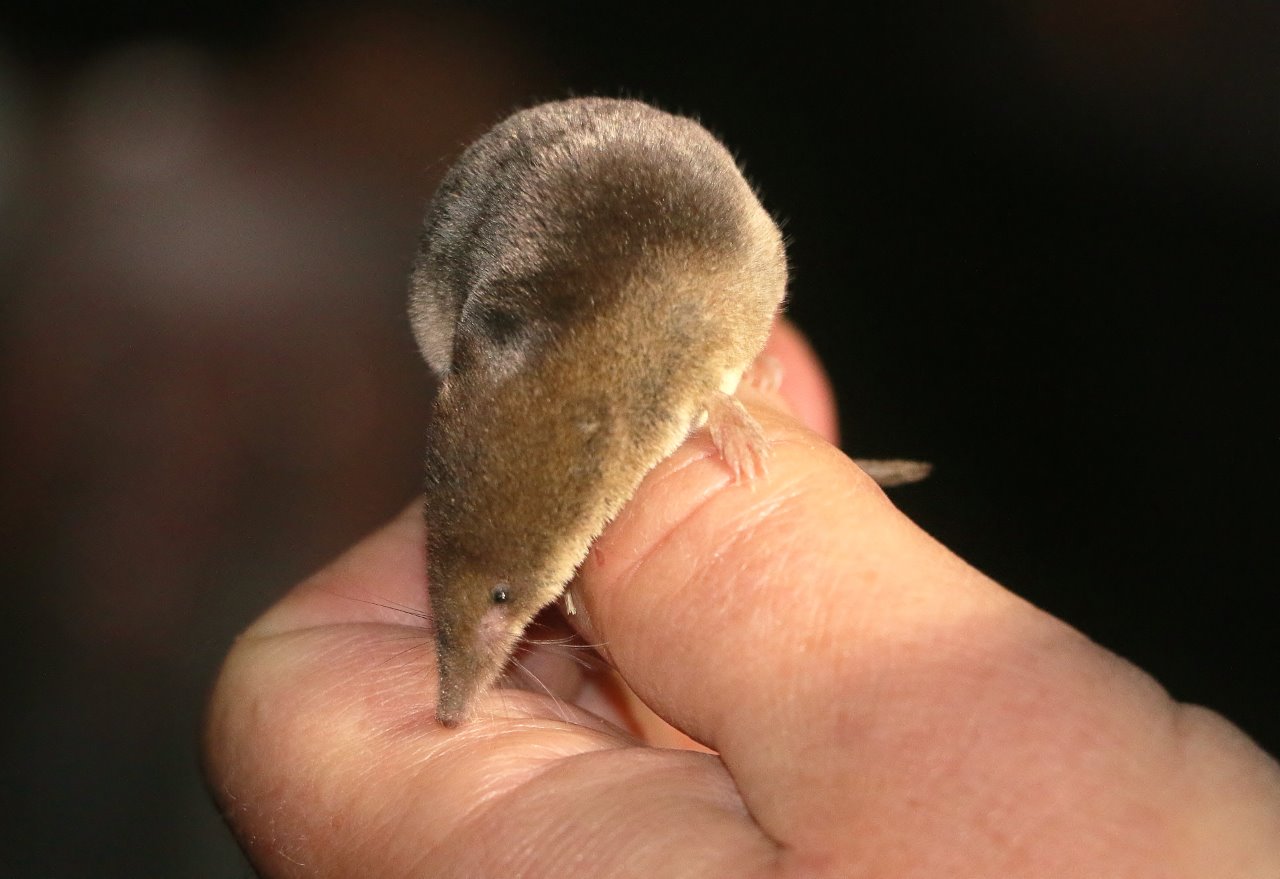
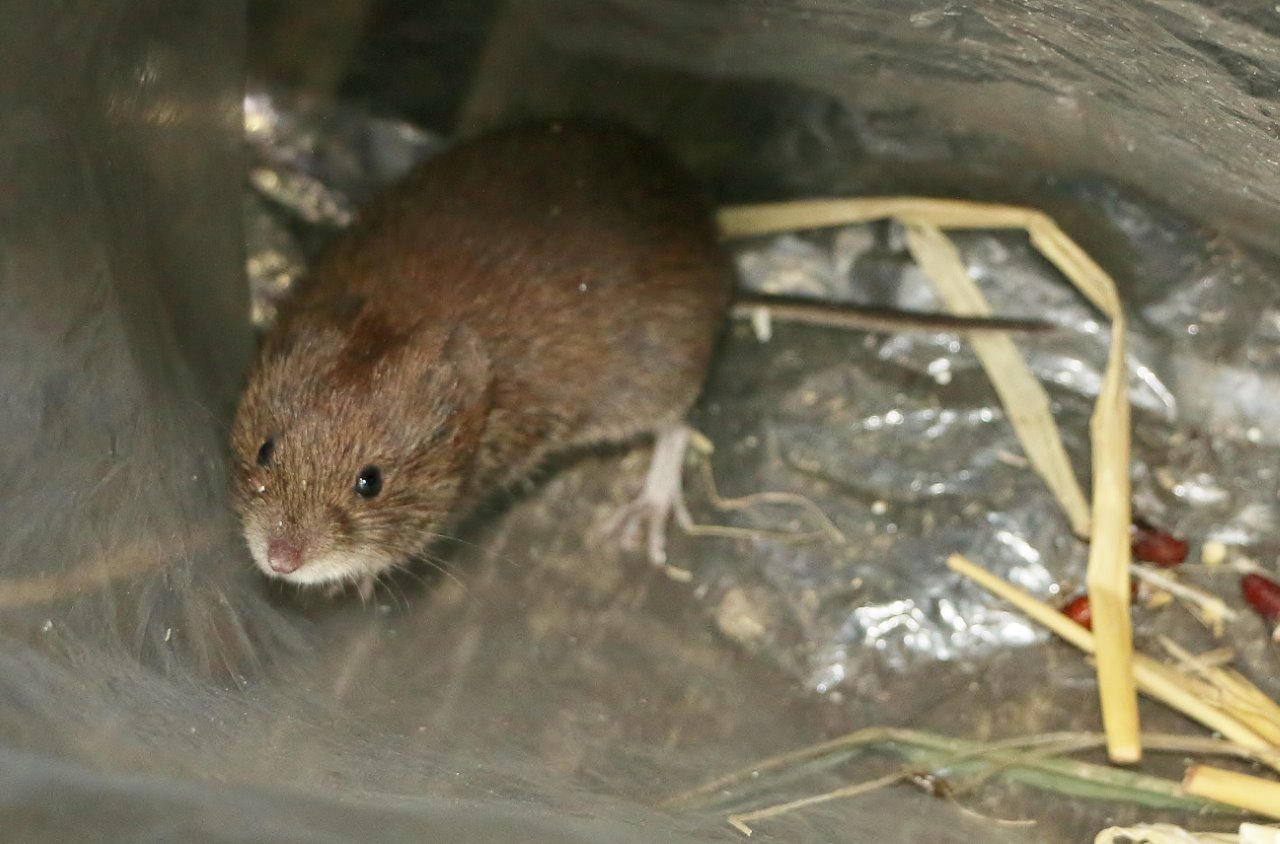
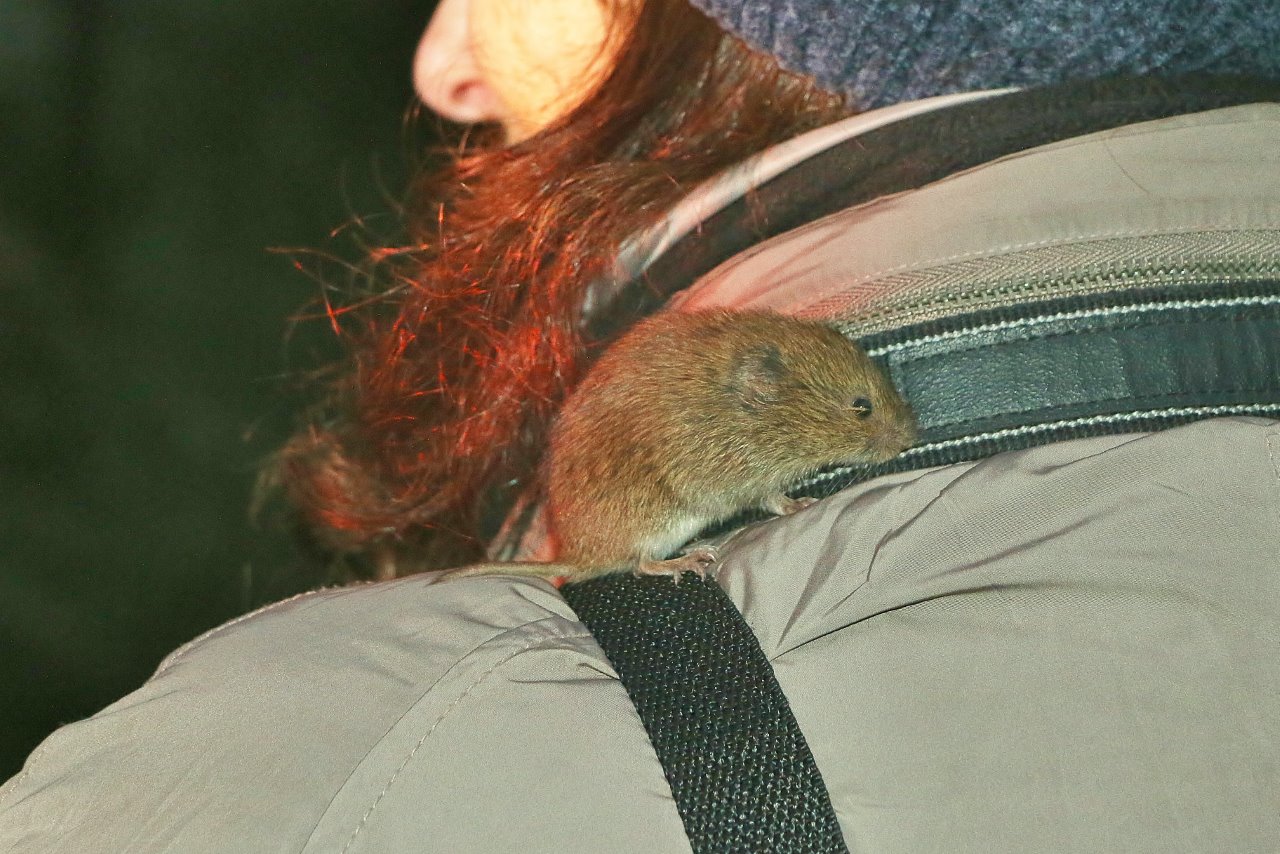

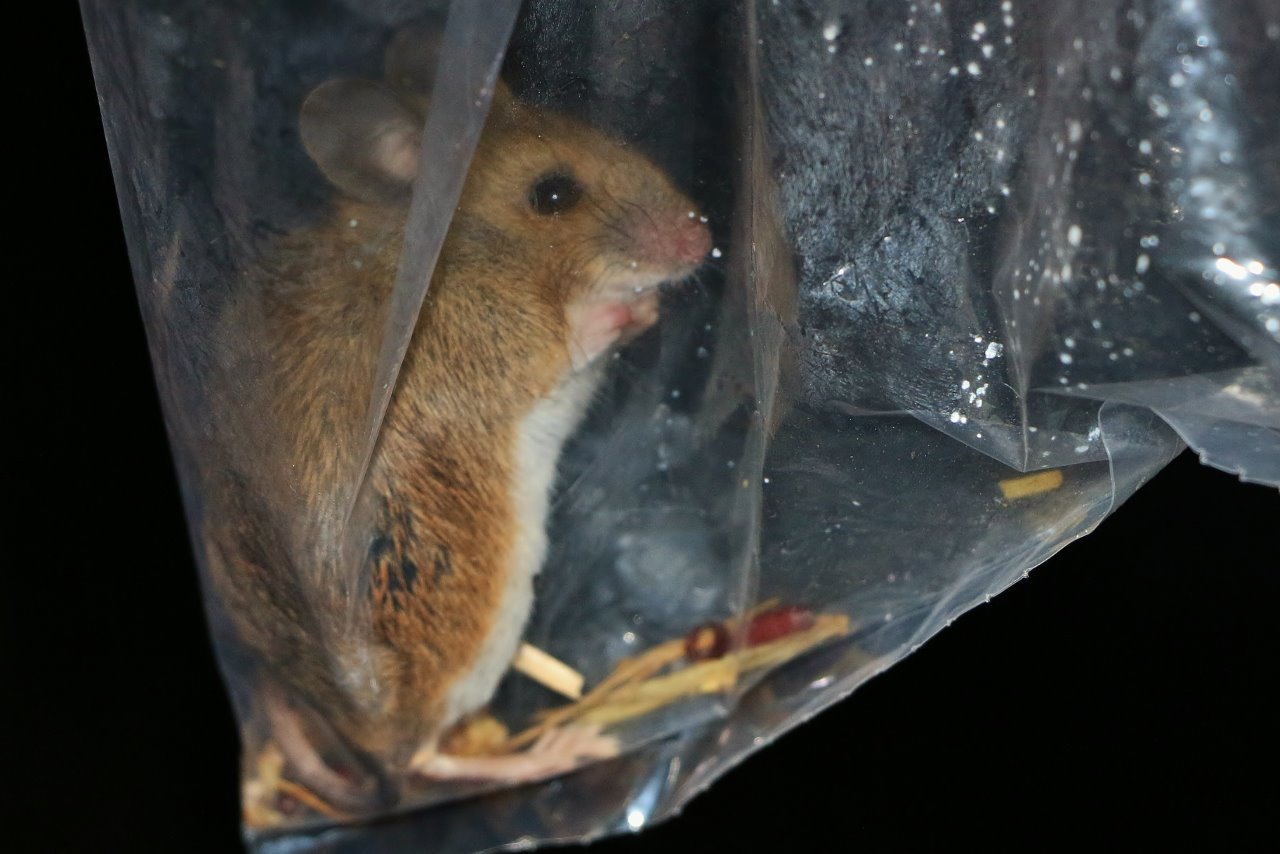






Mike Beer
October 28, 2015 at 1:53 pm
I saw a kingfisher in the Guildford Riverside reserve on October 27. It flew along the side of the lake.
David Rose
October 29, 2015 at 12:06 am
And I saw a kingfisher as it flew past me as I cycled along the towpath into Guildford last week.
This was nearly opposite the law courts and close to the town centre.
Malcolm Fincham
October 29, 2015 at 4:23 pm
I would like to thank those who have made comments.
It is always a delight to hear the shrill whistle (chi-keeeee call) of a kingfisher often followed by a flash of blue as it flies past or skims low over water.
I too have been fortunate of sighting this iconic bird at a number of locations in recent weeks, I hope to show in my next report, a few pictures I have been lucky enough to take.
Martin Giles
October 29, 2015 at 5:06 pm
Some years ago I saw the occasional kingfisher between St Catherine’s footbridge and St Catherine’s Lock. I wonder if anyone has seen them here more recently?
Bernard Parke
October 30, 2015 at 12:15 pm
We for many years have a bird feeding station, but the only creatures that seem to take an interest in this are squirrels and even a rat that managed to climb the steel pole on which the station stands.
The only birds we see on a regular basis are wood pigeons and magpies.
We no longer see sparrows, blackbirds and all the other species which were once common here.
Is this common throughout the borough?